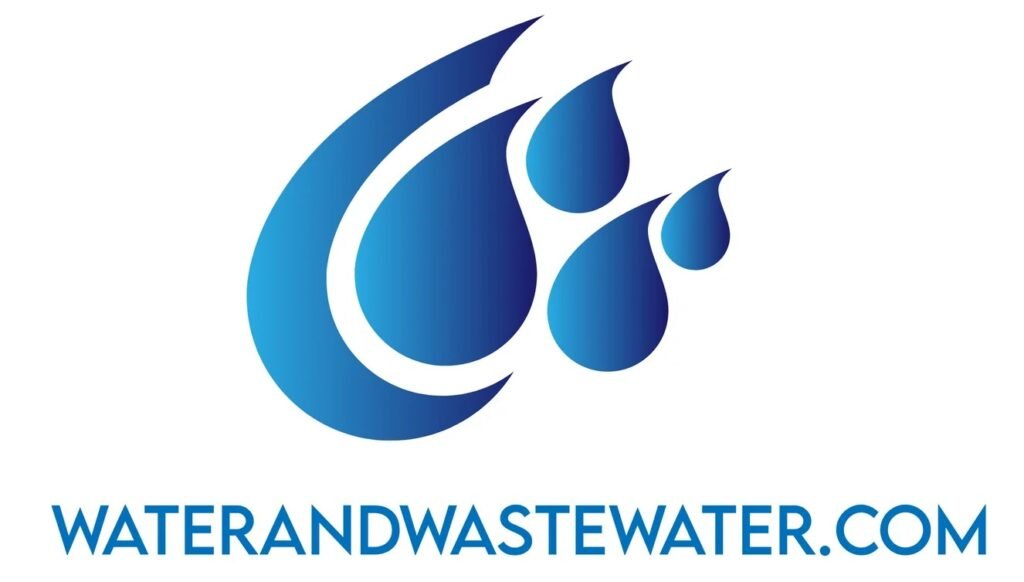Tag: benefits
Multi-Effect Distillation (MED) Systems: An In-Depth Exploration Introduction As global concerns over water scarcity intensify, finding sustainable and efficient methods for desalination has become a priority. Among various desalination technologies, Multi-Effect Distillation (MED) systems are gaining attention for their energy efficiency and scalability. This article delves into the intricacies of MED systems, examines […]
Understanding Chemical Dosing Equipment: Functionality, Applications, and Importance Introduction In modern industrial processes, precise measurement and application of chemicals are critical for ensuring safety, efficiency, and environmental compliance. One of the indispensable tools in achieving this precision is chemical dosing equipment. This article explores the vast world of chemical dosing equipment, providing an […]
The Comprehensive Guide to Portable Water Softeners Water, an essential component of life, must be clean and safe for consumption and use. Yet, many households and businesses face the challenge of hard water, which can lead to a myriad of problems such as scaled pipes, inefficient appliances, and dry skin and hair. Traditional water […]
Understanding Dual Tank Water Softeners: A Comprehensive Guide Introduction Water softeners are essential appliances for homes in areas with hard water. They help mitigate the detrimental effects of hard water, which can lead to scale buildup in plumbing, reduced detergent efficacy, and damage to household appliances. Among the various models on the market, […]
Understanding Magnetic Descalers: A Comprehensive Guide Introduction to Magnetic Descalers In recent years, there’s been a growing interest in finding efficient, environmentally friendly solutions to deal with scale buildup. One such solution is the magnetic descaler. This device, often touted as an innovative way to combat limescale in water systems, promises a chemical-free […]
Salt-Free Water Softeners: A Comprehensive Guide Water softening is a vital process in many households and industries where hard water poses challenges such as scale buildup, inefficiency in soap usage, and potential damage to appliances. Traditional water softeners, which use salt to exchange calcium and magnesium ions with sodium, have been the predominant solution. […]
Understanding Cation Exchange Resins: A Comprehensive Guide Cation exchange resins are crucial materials used in various industries, particularly in water treatment, chemical processing, and pharmaceutical applications. These resins play a vital role in ion exchange processes, primarily employed to soften hard water, purify substances, and separate ions. This article provides an in-depth analysis of […]
The Comprehensive Guide to Ion Exchange Water Softeners Water is a fundamental resource for everyday life, and its quality undoubtedly affects our health, home infrastructure, and appliances. Hard water, which contains a high concentration of minerals like calcium and magnesium, can lead to several issues, from scaling in pipes to inefficient operation of water […]
Understanding Water Softening Equipment: An In-Depth Exploration Introduction Water is an essential resource for life, both in our daily use and for the environment. However, not all water sources are the same. Many households and industries face challenges with hard water, which contains high levels of minerals such as calcium and magnesium. These […]
Electrolytic Oxidation Reactors: Transforming Wastewater Treatment and Beyond Introduction Electrolytic Oxidation Reactors (EORs) have been gaining attention as an innovative and effective technology in the field of wastewater treatment. These reactors utilize electrochemical processes to treat various contaminants, offering a potent alternative to traditional methods. Their application extends beyond wastewater treatment, finding roles […]
